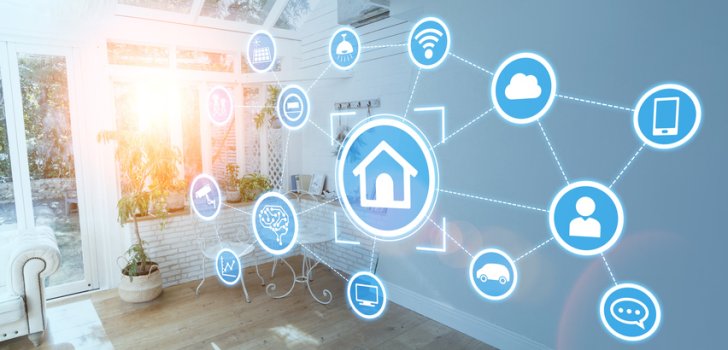K
Kathleen Martin
Guest
Intelligent connectivity proliferated in 2021 as COVID-19 throttled traditional working environments and demanded enterprises find new ways to maintain productivity.
Now, with around 60% expressing increased confidence in IoT’s ability to generate business insights according to Omdia, there’s enough runway for next-generation IoT applications and sensor-driven analytics.
Many of the drivers behind this change existed last year. Artificial intelligence models like TinyML were already in ascendancy. Edge computing architectures can effortlessly sync up factory, retail and venue IoT networks to the cloud, while connectivity protocols ranging from 5G to LoRAWAN and NB-IoT give enterprises a full range of options.
But products take time to deliver and implement. Some impressive IoT last year came from big companies trying out new things. The private 5G nodes deployed for smart driver notifications and connected safety in underground mines were notable examples.
As we enter 2022 more of these concepts will expand.
On the supply side, the efforts of hyperscale clouds such as Amazon Web Services and Azure will reduce the cost of implementing edge-driven IoT, tempting more enterprises to make upgrades.
“As AI and edge technologies along with 5G converge in IoT in 2022 and beyond, cloud service providers and enterprises cannot ignore the role of the hyperscaler [clouds such as Amazon Web Services and Azure],” John Canali, IoT senior analyst at Omdia. told IoT World Today: “While the hyperscalers are important partners especially around cloud and edge computing, they are also competing against CSPs with their own connectivity solutions and services and against enterprises with vertically positioned products.”
That paves the way for IoT’s full impact to surface enhancing decision-making across entire workforces. No longer restricted to C-suite, technicians and managers, the power of IoT insights will extend right down into the front line of industry, city services, medicine, environmental protection and more.
More IoT Stakeholders Will Adopt AI/ML
According to Omdia, the convergence of AI and edge computing is set to drive IoT’s impact and value proposition. Edge capabilities on devices out in the field offer reduced latency, power consumption and costs linked to ferrying data to the cloud. That paves the way for more complex data types to be analyzed. Omdia highlights three main bands for deploying AI and machine learning at the edge.
Continue reading: https://www.iotworldtoday.com/2022/01/10/the-future-of-iot-top-trends-we-expect-to-see-in-2022/
Now, with around 60% expressing increased confidence in IoT’s ability to generate business insights according to Omdia, there’s enough runway for next-generation IoT applications and sensor-driven analytics.
Many of the drivers behind this change existed last year. Artificial intelligence models like TinyML were already in ascendancy. Edge computing architectures can effortlessly sync up factory, retail and venue IoT networks to the cloud, while connectivity protocols ranging from 5G to LoRAWAN and NB-IoT give enterprises a full range of options.
But products take time to deliver and implement. Some impressive IoT last year came from big companies trying out new things. The private 5G nodes deployed for smart driver notifications and connected safety in underground mines were notable examples.
As we enter 2022 more of these concepts will expand.
On the supply side, the efforts of hyperscale clouds such as Amazon Web Services and Azure will reduce the cost of implementing edge-driven IoT, tempting more enterprises to make upgrades.
“As AI and edge technologies along with 5G converge in IoT in 2022 and beyond, cloud service providers and enterprises cannot ignore the role of the hyperscaler [clouds such as Amazon Web Services and Azure],” John Canali, IoT senior analyst at Omdia. told IoT World Today: “While the hyperscalers are important partners especially around cloud and edge computing, they are also competing against CSPs with their own connectivity solutions and services and against enterprises with vertically positioned products.”
That paves the way for IoT’s full impact to surface enhancing decision-making across entire workforces. No longer restricted to C-suite, technicians and managers, the power of IoT insights will extend right down into the front line of industry, city services, medicine, environmental protection and more.
More IoT Stakeholders Will Adopt AI/ML
According to Omdia, the convergence of AI and edge computing is set to drive IoT’s impact and value proposition. Edge capabilities on devices out in the field offer reduced latency, power consumption and costs linked to ferrying data to the cloud. That paves the way for more complex data types to be analyzed. Omdia highlights three main bands for deploying AI and machine learning at the edge.
Continue reading: https://www.iotworldtoday.com/2022/01/10/the-future-of-iot-top-trends-we-expect-to-see-in-2022/

